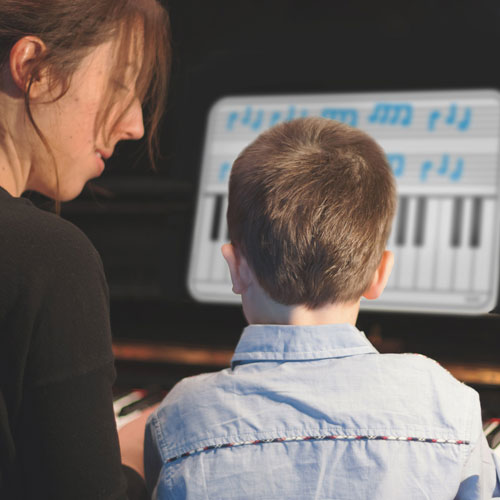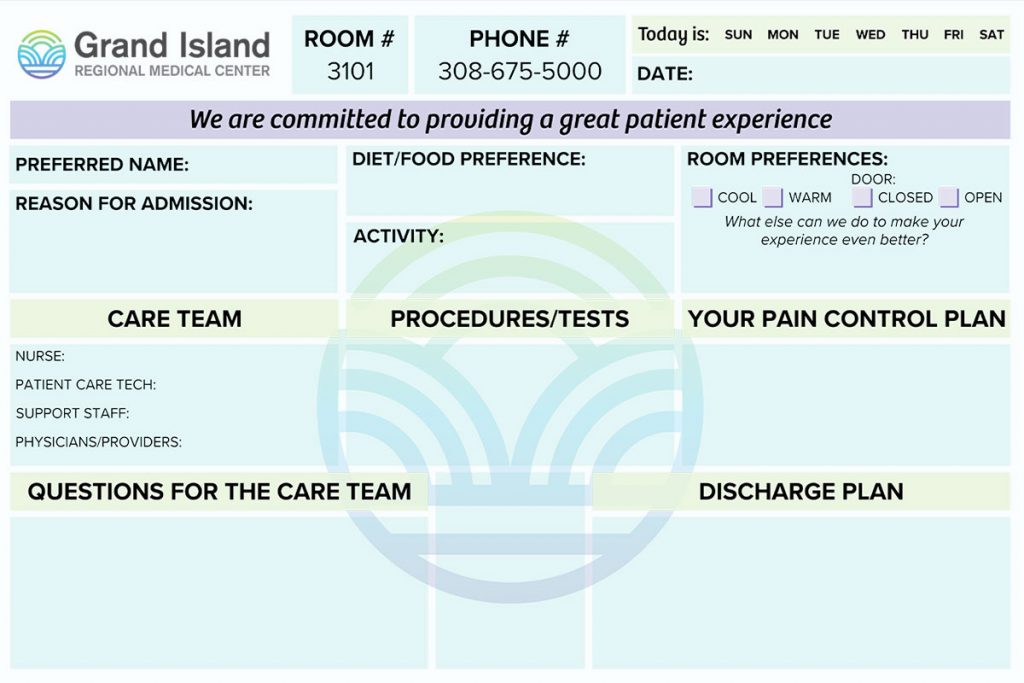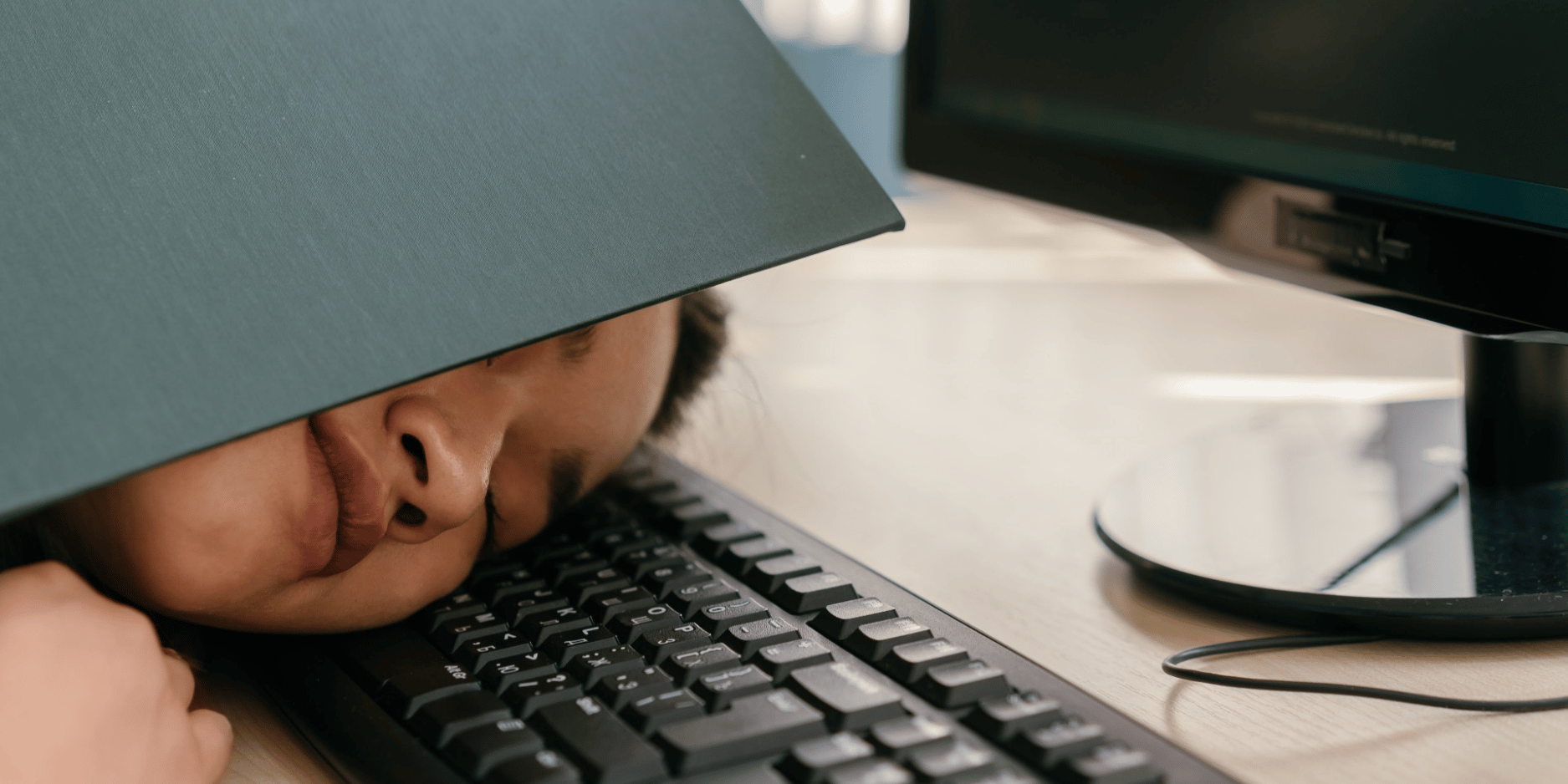
What is Excessive Daytime Sleepiness?
Why am I so tired all the time? This is a question I’ve been asking since April 2017 when I developed a mysterious post-viral condition that rendered me bedridden with hypersomnolence for the entire summer. Excessive daytime sleepiness, or EDS, affects millions of Americans every year. The causes of this affliction can range from sleep apnea to narcolepsy to circadian rhythm disorders. EDS affects all patients differently but the effects can be severe and debilitating.
My own symptoms have been consistent, but vary in severity depending on the day. I am sleepy most of the time, despite getting at least seven hours of sleep each night. Each morning I experience varying degrees of sleep inertia, also known as “sleep drunkenness” due to the way it affects motor skills and cognition. I haven’t had a refreshing nap or a good night’s sleep since I was 24. On good days I barely notice how tired I am, but on other days I feel like a walking zombie with a brain full of cotton balls.
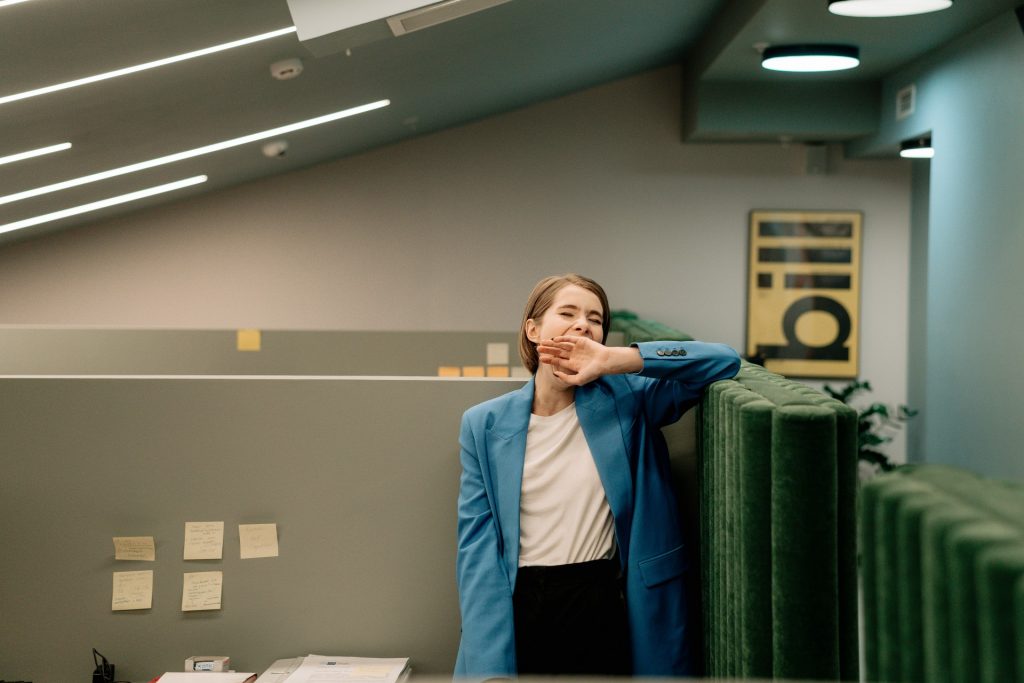
What Happens During a Sleep Study?
After years of dead-end bloodwork and insurance difficulties, I was finally approved for a scheduled overnight sleep study (polysomnography) followed by a test called a Multiple Sleep Latency Test. This test, more colloquially known as an MSLT, aims to diagnose complex sleep disorders such as narcolepsy and idiopathic hypersomnia. An overnight sleep study is typically administered after other conditions such as vitamin deficiencies and mental health conditions are ruled out. Two weeks prior, I had received brief phone instructions from my doctor about the registration process. They advised me to discontinue the use of any medications that could affect my wakefulness, but I was not given many details about the actual study itself. The following information is based on my experiences with polysomnography and MSLT, and some patients’ experiences may be different.
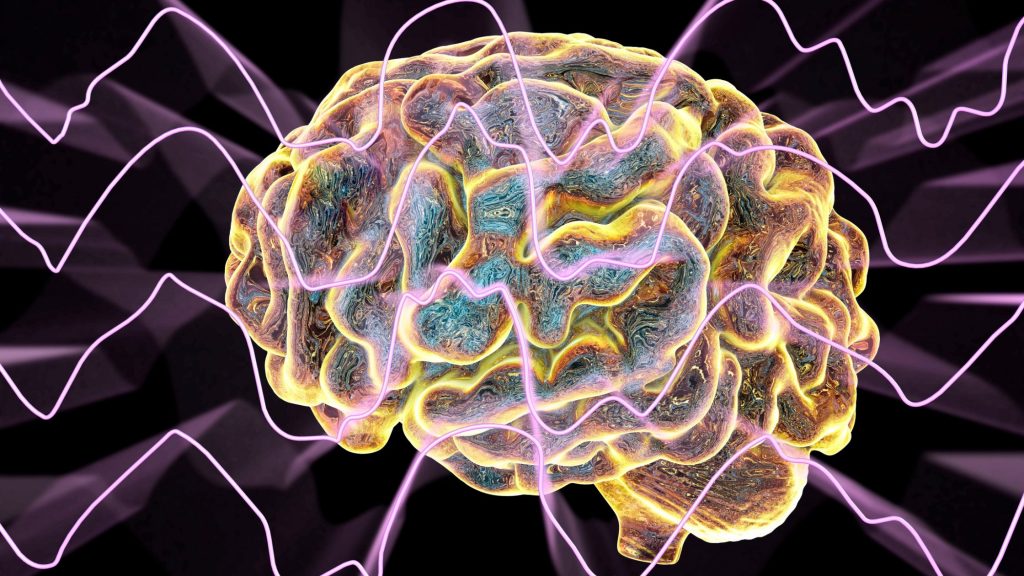
Phase 1: Polysomnography
During the first phase of the study, the sleep study team connects the patient to several monitors when they are ready to go to sleep for the night. These monitors measure oxygen saturation, brain waves, and leg and eye movements. A nurse applies a conductive paste to the patient's scalp where they place the wires. They also attach conductive pads connected to wires to the patient’s face, chest, and legs. The patient wears a belt measuring other vitals and the nurse places an oxygen monitor on the patient’s fingers. The patient needs to sleep for at least six hours during the night for accurate data collection, though the hours don’t need to be consecutive. During the night, the monitors, equipment, and cameras collect data from the patient’s sleep cycles.
Phase 2: Multiple Sleep Latency Test
The day after the polysomnography, the sleep study team wakes the patient early in the morning and gives them breakfast. They remove some of the wires and place them around a lanyard worn by the patient. This enables the patient to move freely around the room. During the course of the day, the patient takes five naps scheduled two hours apart. The nurses hook the patient back up to some monitors during these naps and give the patient 20 minutes to fall asleep. If the patient does not fall asleep, the nurse turns the light on and the patient waits until the next scheduled nap. If the patient does fall asleep, the monitors measure how quickly the patient enters into REM sleep. The MSLT will be completed by late afternoon at which point, the nurse removes all remaining wires, adhesive, and monitors and the patient can go home.
Communication is Key
No matter how sleepy someone is, it’s not easy to fall asleep in an unfamiliar environment with people watching you and monitoring your vitals. My nurses did a decent job communicating what each step of the sleep study would look like but I was only given information bit by bit, which was frustrating. For example, I didn’t know what time they would be waking me up in the morning. I also didn’t know when my food was coming or when my scheduled nap times would start. Once I knew the first nap time, I could extrapolate two hours out each time, but it would have been easier to know what was coming in advance. Since uncertainty can cause anxiety, and anxiety can make it hard to sleep, sleep centers should be doing everything they can to make patients feel at ease and aware during their stays.
How Whiteboards Can Improve Patient Comfort During a Sleep Study
Aside from a painting of a French farmer’s market on the wall, there was no signage or visual communication on the walls in my room to clarify the process and timeline of my sleep study. Various hospital staff verbally disseminated information to me slowly (and sometimes incorrectly) and I struggled to keep track of the timeline. Simply having a dry erase board in my room with the name of my attending nurse, wakeup time, nap times, and meal times would have put me more at ease during my stay.
A whiteboard like our custom printed patient boards would be perfect for a sleep lab. It is custom printed, magnetic, will never ghost, and can be cleaned with harsh chemicals like bleach. Our custom printing process infuses ink directly into the surface which means it will never fade. We can make custom printed hospital boards in a wide variety of sizes for any patient room.
Browse Our Custom Hospital Boards
Why Choose Us?
We are a small business whose products are made in the U.S.A. We specialize in dry erase boards, dry erase wall coverings, portable dry erase units, high-quality custom printed whiteboards, fast shipping, and five-star customer service. Over the last three decades, we’ve worked hard to deliver industrial-quality whiteboard solutions that won’t hurt your budget.



